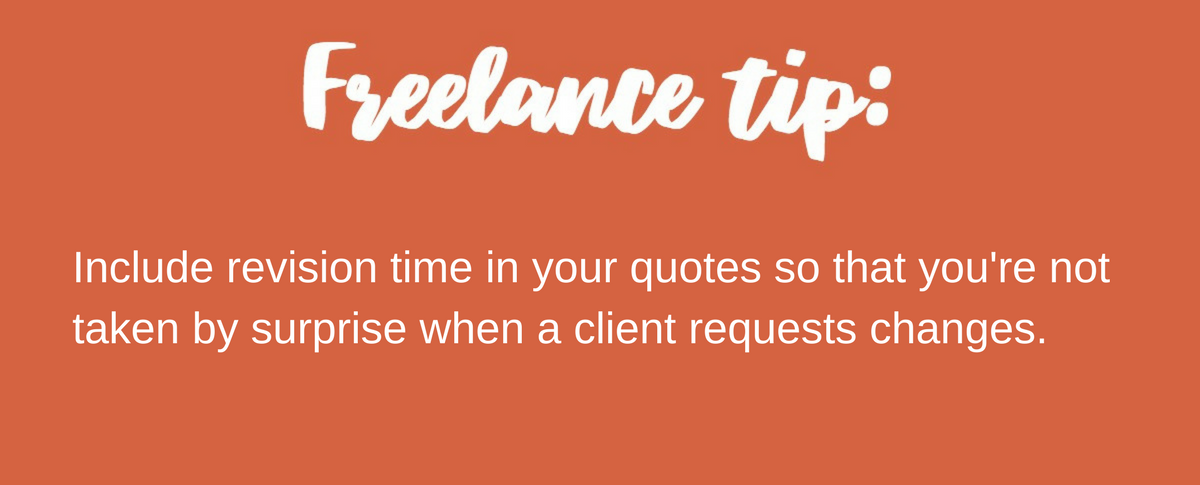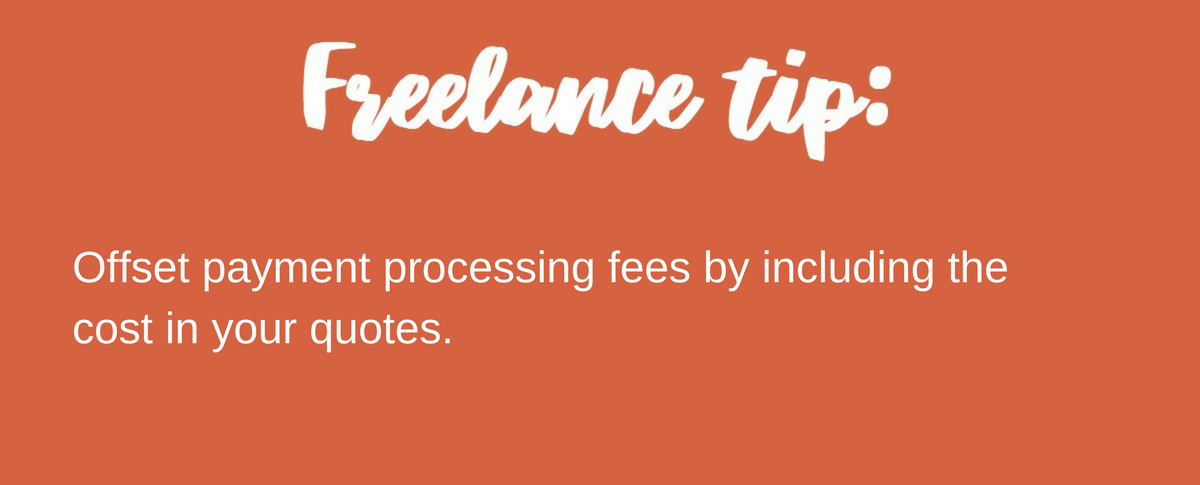What to Do When a Client Says, ‘I Can’t Afford You’
The answer is not to lower your fees says Jenny Shih, a Guest Writer to The Entrepreneur
Ask any entrepreneur what words strike fear into their hearts, and “I can’t afford it” is near the top of the list. This phrase is a huge letdown, especially when you know in your heart you can help a company solve a problem and get the results it wants to hire you for.
The Ability to Sell Will Make or Break Your Company, So Stop Underselling It
When faced with this response, your knee-jerk reaction is likely to lower your price, but to do so would be the wrong move. The reason? “I can’t afford it” is almost always a lie. But, don’t be mad at your prospect for using it.
The truth is, even you’ve used this lie. At some point or another, you told yourself you couldn’t afford something, but then you rationalized, justified and moved money around until you got your hands on what you really wanted, whether it was a nice purse, fabulous shoes or that fancy cheese from the hoity-toity grocery store.
Or you said “I can’t afford it” when someone was trying to sell you something you didn’t want or think he could deliver on. After all, it was easier to tell a little white lie and let you both off the hook than risk hurting his feelings.
In both instances, when you said “I can’t afford it,” you were lying, even if you didn’t have evil intentions. Your prospects are doing the same thing, and understanding this is essential to making more sales, because when someone really, really wants something, she’ll move mountains and find a way to afford it.
Here’s what to do when your prospects say they can’t afford you.
As a business owner, it’s your job to spot when your clients are using the “I can’t afford it” objection as an excuse, so you can respond accordingly. The first step here is obvious: Listen for this objection. The second step is harder: Don’t take their words at face value. Sure, sometimes people honestly can’t afford something. Their house is being foreclosed on and their credit cards are maxed out. But, their financial situation is not your business, even if they try to make it so. The third step is to decode their real objection and respond accordingly. The good news is objections usually boil down to just three options.
Objection 1: “I don’t believe in your services or results.”
If potential clients read every word on your website, spent time on a consult call with you and still says “I can’t afford it,” they’re likely unsure your offer is the right fit for them. Although it’s possible they simply aren’t a good fit for your services, often their disbelief stems from a problem with how you’re describing what you do. It could be that the language you’re using to describe your services is full of jargon and doesn’t connect with your prospect’s true challenges and goals.
Objection 2: “I don’t believe in you.”
If your language is clearly hitting the mark but the prospects don’t want to commit, it could be that they don’t believe in you. This one can sting, but it’s important to look at how you’re showing up in this interaction. Are you unintentionally projecting energy that puts your client off, such as pushiness, desperation, need for approval or lack of confidence about your offer or your ability to deliver? Your prospects will sense these things, even if they can’t put their finger on it directly, and they won’t want to sign up.
Objection 3: “I don’t believe in myself.”
All humans experience moments of extreme self-doubt, and your prospects are no different. When they think about hiring you to make big changes in their lives, they could be feeling insecure or anxious that they won’t be successful. This inner self-doubt creates an insecurity about their ability to make a good decision about hiring you.
Don’t lower your price. Clarify the value, build trust and offer reassurance.
Now that you’re clear on what your prospects are really trying to tell you when they say, “I can’t afford it,” here’s how to decrease how often you hear it and how to respond when you do.
First, you need to set yourself up for success so you hear this objection less and less. Your job here is to clarify the value of your work. To do that, ensure you’re using the exact same words your prospects are using to define their problems and desired results — not jargon — and write solid offer copy that conveys the benefits of working with you and demonstrates the results you help clients achieve. These two things will inherently justify the cost of your services.
Let’s take a look at the things You Don’t Charge Freelance Clients For But Definitely Should.
According to Chloe Brook from The Startup, setting your rate is one of the hardest things to do as a freelancer. If you’re like most of us, you probably feel torn between the desire to charge what you’re worth and the urge to stand out from the competition with low prices.
You may even be fighting imposter syndrome telling you that your work isn’t really worth what you think it is. Unfortunately, this often adds up to freelancers not charging clients for some very important elements of their business — and giving work away as a result. I don’t know about you, but I didn’t start freelancing full time so that I could work for free.
Since going full time with my consultancy business in 2012, I’ve talked to several freelancers who were figuring out what’s really okay to charge their clients for. Over the past 6 years it has become very clear that most self-employed business consultants, entrepreneurs, designers, web developers and social media experts almost always undercharge their clients.
Here are the top 10 things most of us almost always miss with suggestions on how to add them to your quotes without upsetting your clients.

1. Meetings
Meetings tend to slip through the cracks when you quote a new project, but they’re important to remember. You’re still working for your client during the hour or two that you’re on the phone with them. And if you don’t charge for it, that’s work you’re doing for free.
If you’re working at an hourly rate, you can simply track the time spent on phone or video calls and add it to your invoice at the end of the billing period.
Flat-rate projects get a little trickier, but there are still ways to make this work — you can either estimate how much time you’ll spend in meetings and include that in your total quote, or you can tack on an hourly charge for meetings.

2. Research
This is one I struggled with a bit when I first started freelancing. If, like me, you’re a freelance writer, research makes up just as much if not more of the time spent on a project as the actual writing does.
A blog post may only take you 30 minutes of concentrated writing time, but what about that hour you spent finding credible sources and recent data to support your arguments? Suddenly the project takes 3 times as long to complete as you originally estimated. If you’re charging hourly, your client won’t be happy at paying 3 times what they thought they would. If you’re charging a flat rate, you accidentally gave your client a 66% discount.
And neither one is going to help you become a profitable freelancer any time fast.
3. Revisions
Nearly any creative service requires revisions, whether that means adding a sentence or two to a blog post or completely redesigning a page of the new website you built. And just like research, revisions take time. I always allow for about 30 minutes of revisions per blog post I produce, even for clients who rarely request changes. So while most of the time I can finish a project in less time than I quoted, there’s a built-in cushion in case someone wants me to revise a post before publishing.

It also helps to limit the revisions allowed in your contract. Decide how many rounds you’ll offer and stick to your rates if a client wants more.
4. Scope creep
Every freelancer I know practically shudders at the words, “scope creep.” For those who aren’t familiar with the term, this is what happens when a client requests more work than is allowed in the original contract. It may seem small at first — like adding a couple more tweets into the social media calendar, and then maybe another Facebook post or two — but before you know it, it’s snowballed out of control and you’re doing free work again.
You can mitigate this by having a set rate for scope creep, so that when (not if!) the situation arises, you can be ready for it. You can charge an hourly rate for the extra work and add it to the cost of your quote, or charge an extra percentage of the original project, sort of like a scope creep tax. However you decide to charge for this, be sure to include an allowance for it in your contract and remind your clients of the fee when they request the extra work. This helps eliminate any nasty surprises when they receive your invoice.

5. Technical support
If the service you offer might require ongoing support, charge a fee for it. Adding a new team member’s headshot and bio to a website or resizing a logo design might only take you a few minutes to do, but by the time you’ve done it two or three times, you’ve spent a significant chunk of your time on free work.
Clearly state in your contract how many hours of technical support your project includes, and if a client needs more, charge them a fee for the extra work.
6. Tools and software
It’s perfectly reasonable to charge clients for the tools and software needed to complete their project, provided it’s something they’re asking or requiring you to use. Social media management tools like Hootsuite or Buffer or photo editors like Photoshop or Canva are all fair game.
However, if it’s a tool or software that you would reasonably use with other clients, don’t charge a specific client for it directly.

7. Late payments
Have you ever had trouble getting paid on time by your freelance clients? I have, and so has nearly every other freelancer I’ve talked to. It may not happen with every client or even with most clients. But at some point in your freelance career, it will happen. Make sure you provide for a late payment fee in your contracts and or quotations to your clients and mention it to your clients when signing the paperwork so that both parties are on the same page about expectations and consequences.
8. Cancellations
There’s not much worse than a client cancelling out of the blue. If you haven’t built up a cushion of savings, a client cancelling can leave you between a rock and a financial hard place. Cancellation fees don’t fix this completely, but they do help. Include a clause in your contract specifying how many days’ notice your client must give before cancelling, and charge a fee if they cancel within that time frame.
The majority of my contracts are open-ended monthly services, so I usually require 30 days’ notice and charge a 50%-75% fee (depending on the size of the contract) if they want to cancel sooner. This gives you a little bit of cushion to find a replacement client without having to worry as much about my projected income.

9. Processing fees
Getting paid for freelance work is a great feeling. Paying processing fees for that payment is not. Nearly every online payment platform I’ve ever used has taken a cut of what I earn from clients, which means I’m losing money with every transaction. And while you may only lose a few rands here and there, that lost payment adds up quickly when you have multiple clients paying you every month.

The fix is simple enough: Add a small percentage to your quote to cover these fees. Then when your client pays your invoice, you’re still getting the full amount that you earned. Note: This fee should apply to all of your clients, regardless of their payment method. Charging extra for card transactions only could land you in some legal hot water.
10. Rush fee
If a client asks you to complete work faster than your standard turnaround time or over a weekend or holiday, you’re well within your rights to charge them a rush fee. They’re asking you to do something that’s more than your standard, and to do so, you’ll have to make sacrifices — whether that means skipping brunch with your girlfriends, staying home from the lake on Labor Day, or re-prioritizing your other work.
And while a rush fee doesn’t take the place of bottomless mimosas, it does give you an incentive to go above and beyond for your client.

Often tight deadlines or last minute opportunities gets the better of our personal time and our families and loved ones suffer as a result. When you agree to sacrifice some personal time with family and friends in order to be available when your client needs you, and while no one loves being glued to their phone and computer for those after hour business projects, it sure feels better knowing that you are remunerated accordingly by earning a little extra for your extra effort and time.











